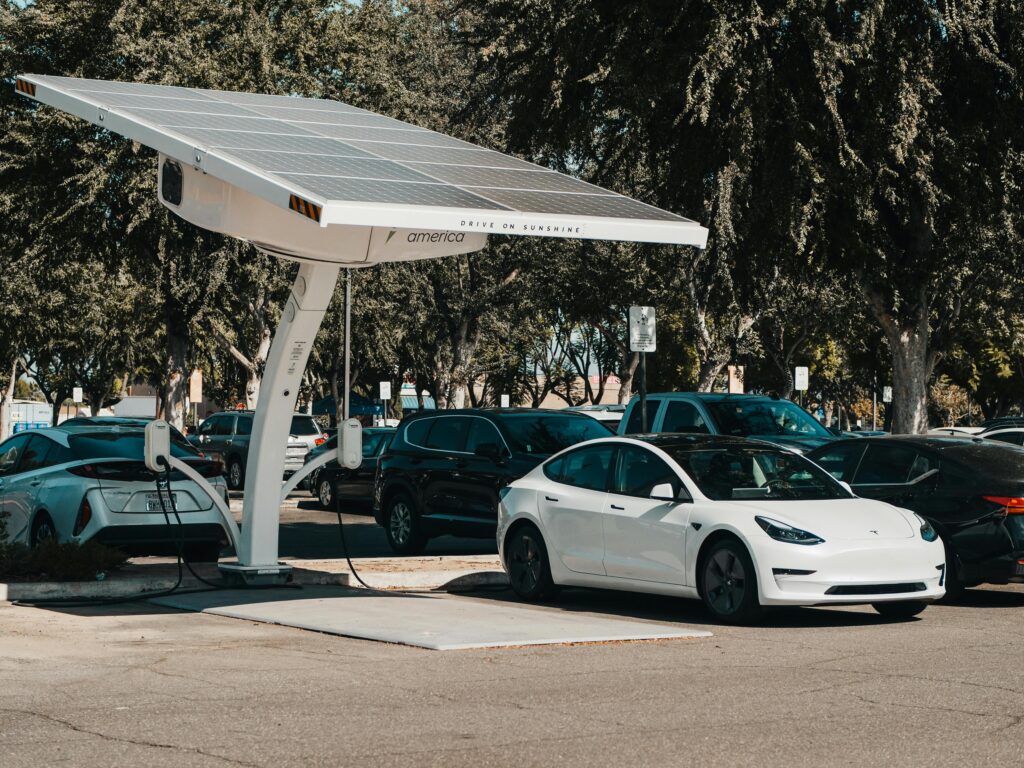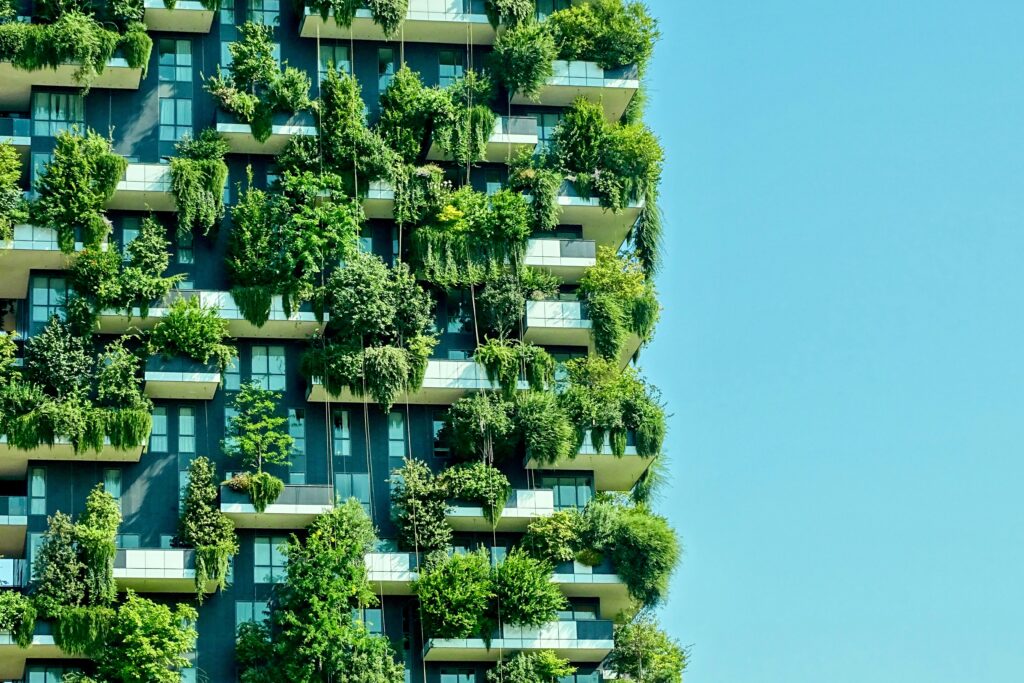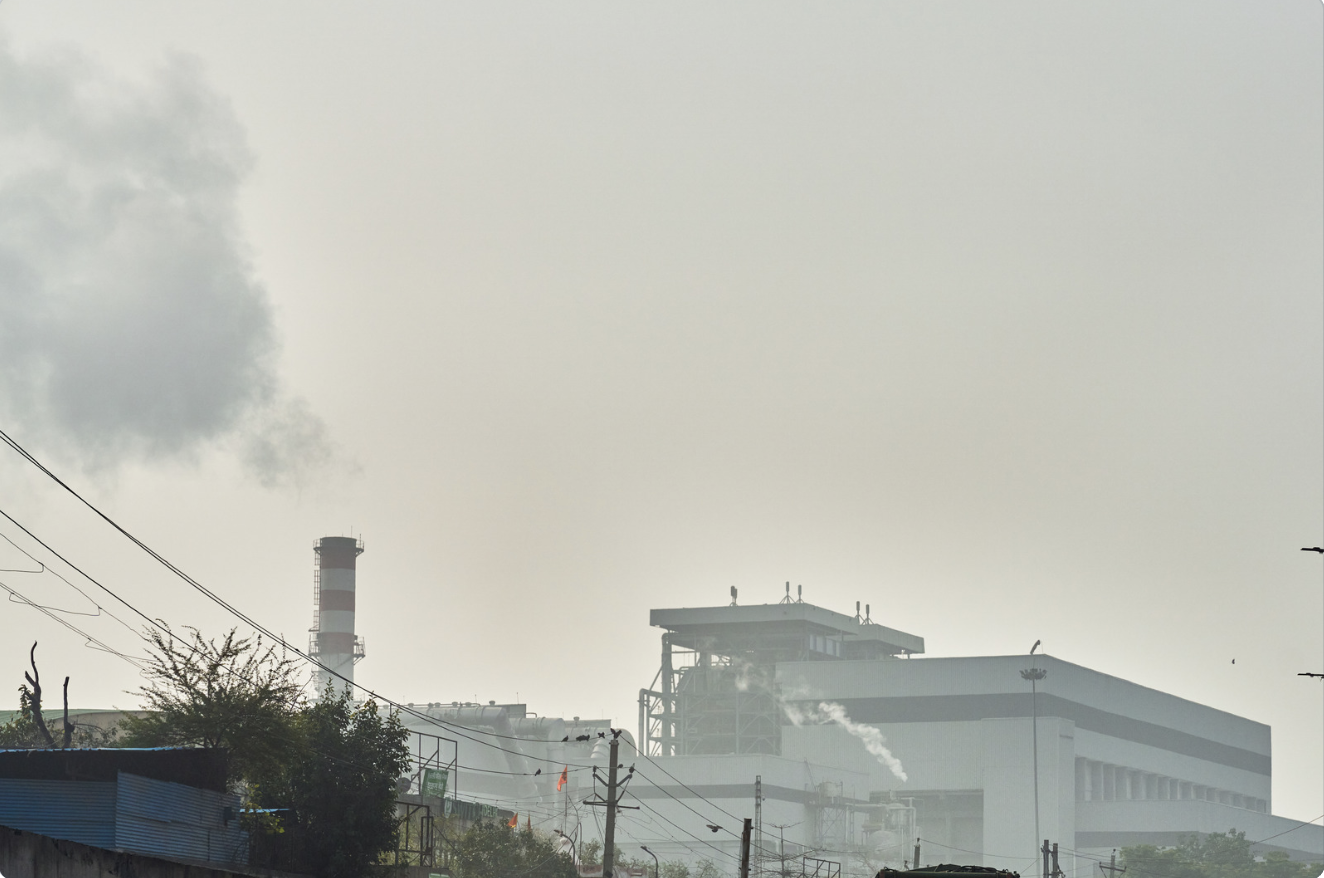As cities continue to grow, the need for urban spaces that are environmentally responsible, energy-efficient, and livable has never been more urgent. Sustainable urbanism incorporates ideas from various disciplines, including architecture, urban planning, and environmental science, to create urban environments that reduce their ecological footprint while improving the quality of life for residents.
The rapid pace of urbanization worldwide, combined with growing concerns over climate change, pollution, and resource depletion, has made it clear that traditional urban development models are no longer viable. Eco-cities—sustainable, green, and energy-efficient urban spaces—are emerging as an alternative solution. These cities prioritize renewable energy, green transportation, efficient waste management, and sustainable building practices, aiming to create urban environments that are in harmony with the planet’s natural systems.
This article will delve into the rise of sustainable urbanism, exploring the concept of eco-cities and their role in shaping the future of cities. It will discuss how green architecture and urban planning are key to creating eco-friendly cities, and how these cities are designed to reduce environmental impacts while improving the well-being of their inhabitants.
- Defining sustainable urbanism and green architecture
- The evolution of eco-cities
- Green architecture in practice
- Challenges and barriers to implementing sustainable urbanism
- The future of sustainable urbanism and green architecture
- Conclusion
Defining sustainable urbanism and green architecture
What is Sustainable Urbanism?
Sustainable urbanism is a holistic approach to urban planning that integrates environmentally responsible design with social equity and economic viability. It aims to create cities that are energy-efficient, use renewable resources, reduce waste, and provide a high quality of life for all residents. At its core, sustainable urbanism emphasizes resilience, adaptability, and the long-term health of both the human population and the environment.
Key principles of sustainable urbanism include energy efficiency, water conservation, the promotion of green spaces, waste reduction, and the creation of pedestrian-friendly, low-carbon urban areas. Additionally, it involves ensuring that urban growth doesn’t come at the expense of natural ecosystems but instead integrates nature into the urban environment.
Key Characteristics of Green Architecture
Green architecture, a crucial component of sustainable urbanism, focuses on designing buildings and infrastructure that have minimal environmental impact. This includes using sustainable materials, maximizing energy efficiency, reducing water consumption, and ensuring that buildings are healthy for occupants. Green buildings often feature elements such as solar panels, green roofs, rainwater harvesting systems, and energy-efficient windows. The goal is to create buildings that are energy-positive (producing more energy than they consume) or neutral, reducing reliance on fossil fuels and lowering carbon footprints.
The Role of Urban Planning in Sustainability
Urban planning is critical to sustainable urbanism. It involves designing cities in a way that minimizes resource consumption while promoting social interaction, accessibility, and equity. Sustainable urban planning emphasizes mixed-use developments that reduce the need for long commutes, the integration of green spaces, and the prioritization of public transport to reduce traffic congestion and pollution. Furthermore, planners are increasingly focused on smart cities—cities that use data and technology to optimize resource use, improve infrastructure efficiency, and enhance residents’ quality of life.
The evolution of eco-cities
The Concept of Eco-Cities
Eco-cities are urban areas designed with the environment and sustainability at their core. These cities are built to reduce their ecological impact by integrating green technologies, renewable energy, and sustainable urban practices. The concept of eco-cities emerged as a response to the environmental degradation caused by industrialization and rapid urbanization. Today, eco-cities are seen as the future of urban living, offering a blueprint for how cities can grow sustainably while meeting the needs of their populations.
Principles of Eco-Cities
Eco-cities incorporate principles such as energy efficiency, renewable energy, waste management, water conservation, and green transportation. These cities are designed to be walkable and bike-friendly, reducing the need for cars and promoting public transit. They also incorporate large areas of green space—parks, urban forests, and green roofs—that contribute to biodiversity, improve air quality, and provide spaces for recreation.
A key aspect of eco-cities is their commitment to closed-loop systems—in which waste and resources are reused or recycled, minimizing the city’s environmental footprint. For instance, waste water might be treated and reused, and organic waste could be composted and turned into energy.
Case Studies of Eco-Cities
Some of the world’s most notable eco-cities include Masdar City in the United Arab Emirates, Songdo in South Korea, and Tianjin Eco-city in China. These cities incorporate cutting-edge green technologies and sustainable design principles to create urban spaces that aim to be carbon-neutral or even carbon-positive. For example, Masdar City is powered by renewable energy, including solar and wind, and uses smart grids to efficiently manage electricity use. Similarly, Songdo features a sustainable waste management system and a highly efficient public transportation system that reduces the need for personal vehicles.

Green architecture in practice
One of the primary goals of green architecture is to maximize energy efficiency. This is achieved through various techniques such as passive solar design, where buildings are oriented to take advantage of natural sunlight, and high-performance insulation that reduces heating and cooling costs. Green buildings often incorporate solar panels, wind turbines, and other renewable energy sources to generate their own energy, reducing reliance on fossil fuels.
Green architecture also emphasizes the use of natural materials, such as wood, stone, and bamboo, which are not only aesthetically pleasing but also have lower environmental impacts compared to synthetic materials. Biophilic design, which integrates natural elements into buildings and urban spaces, is becoming increasingly popular. Features like green roofs, indoor plants, and natural ventilation systems not only reduce energy consumption but also create healthier environments for occupants.
Green buildings are often certified through programs like LEED (Leadership in Energy and Environmental Design), BREEAM (Building Research Establishment Environmental Assessment Method), or Passive House. These certifications help ensure that buildings meet rigorous sustainability standards and encourage the use of energy-efficient, low-impact construction methods. The rise of these certifications has pushed architects and developers to adopt more environmentally responsible practices in their building designs.
In the context of green architecture, technology plays a key role in optimizing the use of resources and improving the efficiency of buildings. Smart cities use data and Internet of Things (IoT) devices to manage everything from waste collection to energy consumption. Buildings within these cities are often equipped with sensors that monitor temperature, air quality, and energy use, adjusting systems to maximize efficiency and minimize waste.
Challenges and barriers to implementing sustainable urbanism

Economic and Political Barriers
The financial costs associated with building eco-cities or retrofitting existing cities with sustainable infrastructure are significant. In many regions, there is still a lack of sufficient investment in green urban initiatives, and governments may be reluctant to implement policies that require significant spending or may face opposition from industries that profit from traditional energy sources. Economic constraints and political agendas often delay the widespread implementation of green urban policies.
Cultural and Social Resistance
Public resistance to changes in lifestyle, particularly when it comes to adjusting habits such as transportation, waste disposal, and energy use, can be a barrier. People are often hesitant to adopt sustainable practices if they perceive them as inconvenient or if the benefits are not immediately clear. Public engagement and education are crucial to overcoming this resistance and ensuring the success of sustainable urbanism initiatives.
Technological and Practical Challenges
While green technologies are becoming more advanced, their integration into urban infrastructure remains challenging. The need for innovative solutions, such as energy-efficient public transportation systems, waste management technologies, and green construction materials, can be difficult to implement at a large scale. Additionally, the need for comprehensive planning and collaboration between architects, engineers, and policymakers can slow down progress.
Balancing Development and Sustainability
In fast-growing urban areas, there is a delicate balance between the demand for rapid development and the need for sustainability. Too often, short-term economic and development goals take precedence over long-term environmental sustainability. This tension can hinder the creation of sustainable urban environments that meet both the growing population’s needs and environmental concerns.
The future of sustainable urbanism and green architecture
The future of sustainable urbanism will likely see the development of innovative building materials, new energy solutions, and advanced construction techniques. 3D-printed buildings, for example, could revolutionize the way we build structures with minimal waste and reduced energy use. Additionally, cities may begin to incorporate self-sustaining systems, such as buildings that produce more energy than they consume or urban farms that supply food locally.
Governments and policy frameworks will play an essential role in advancing sustainable urbanism. International agreements, such as the Paris Agreement, as well as national and local policies, can drive green building practices and create incentives for eco-friendly developments. Governments must also invest in public transportation, green infrastructure, and sustainable energy solutions to make eco-cities a reality.
Sustainable urbanism can significantly enhance a city’s resilience to climate change. Eco-cities and green architecture are designed to withstand extreme weather events, rising sea levels, and other environmental stresses. By integrating green spaces, natural water management systems, and energy-efficient infrastructure, cities can become more adaptable to future climate challenges.

Conclusion
Sustainable urbanism is an essential response to the challenges posed by rapid urbanization and environmental degradation. Eco-cities and green architecture offer a path forward, creating urban spaces that are environmentally responsible, energy-efficient, and conducive to a high quality of life. These cities are designed to minimize their ecological footprint while promoting social equity and resilience to climate change.
Eco-cities are not just about environmental sustainability—they also provide a model for improving urban living through greater accessibility, healthier environments, and more efficient use of resources. They offer hope for a future in which cities can continue to grow while maintaining a harmonious relationship with nature.
As cities worldwide continue to face unprecedented growth, the need for sustainable urbanism will only become more pressing. With continued innovation, policy support, and public engagement, eco-cities and green architecture have the potential to redefine urban living and provide a blueprint for a more sustainable future.








